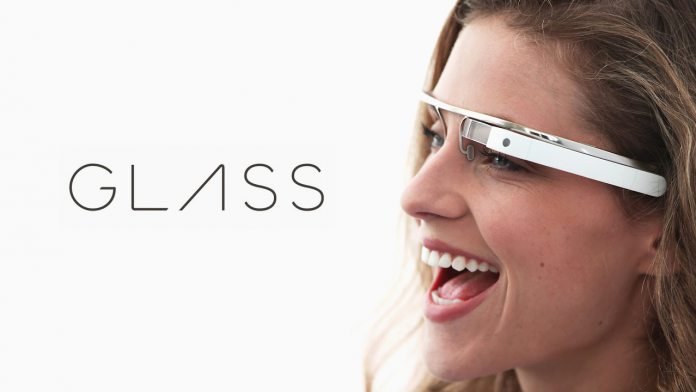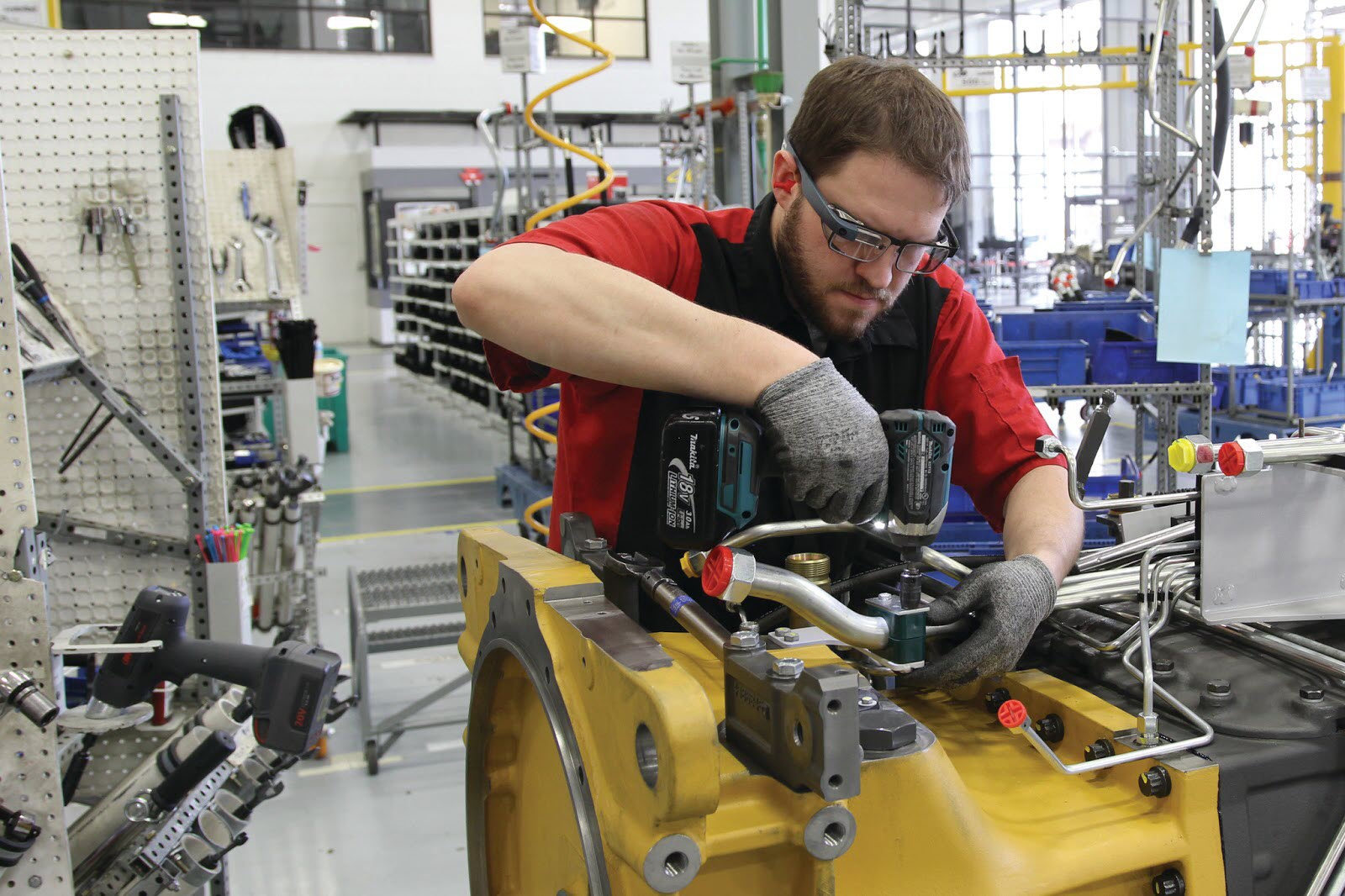But it turns out Glass isn’t entirely dead. Glass Enterprise Edition presents an updated version of Google’s device, not just in hardware, but in its market. It will stay in the world where it’s always been best suited, and it’ll do so with some major improvements. The new Google Glass ups camera megapixels from 5 to 8 and upgrades processing power, battery life, Wi-Fi speeds, and more. It also comes with a recording light to allay those privacy concerns. Perhaps the biggest change, however, is one that Google always promised. The gray arm of the Glass EE can be detached from its body and fitted onto any kind of glasses – or goggles.
Meeting Industry Standards
As a result, Google Glass now meets the standards required for work in factories, labs, or with other heavy machinery. It can also be transported with ease and easily stored when not in use. In short, it’s a significant upgrade, and it’s made better by custom software by partners. GE Aviation, for example, uses Upskill software to show employees video instruction and images without the need for a PC or tablet. It estimates that efficiency has increased by between 8 and 12 percent thanks to Glass. However, other companies are also using Glass EE thanks to its long prototype period. They include giants like DHL, The Boeing Company, Samsung, Volkswagen, and more. Today marks a period of further availability through Google’s enterprise partners and an end to its experimentation phase. A report by Forrester Research estimates that 14.4 million U.S. workers will be wearing some form of smart glasses by 2025.





